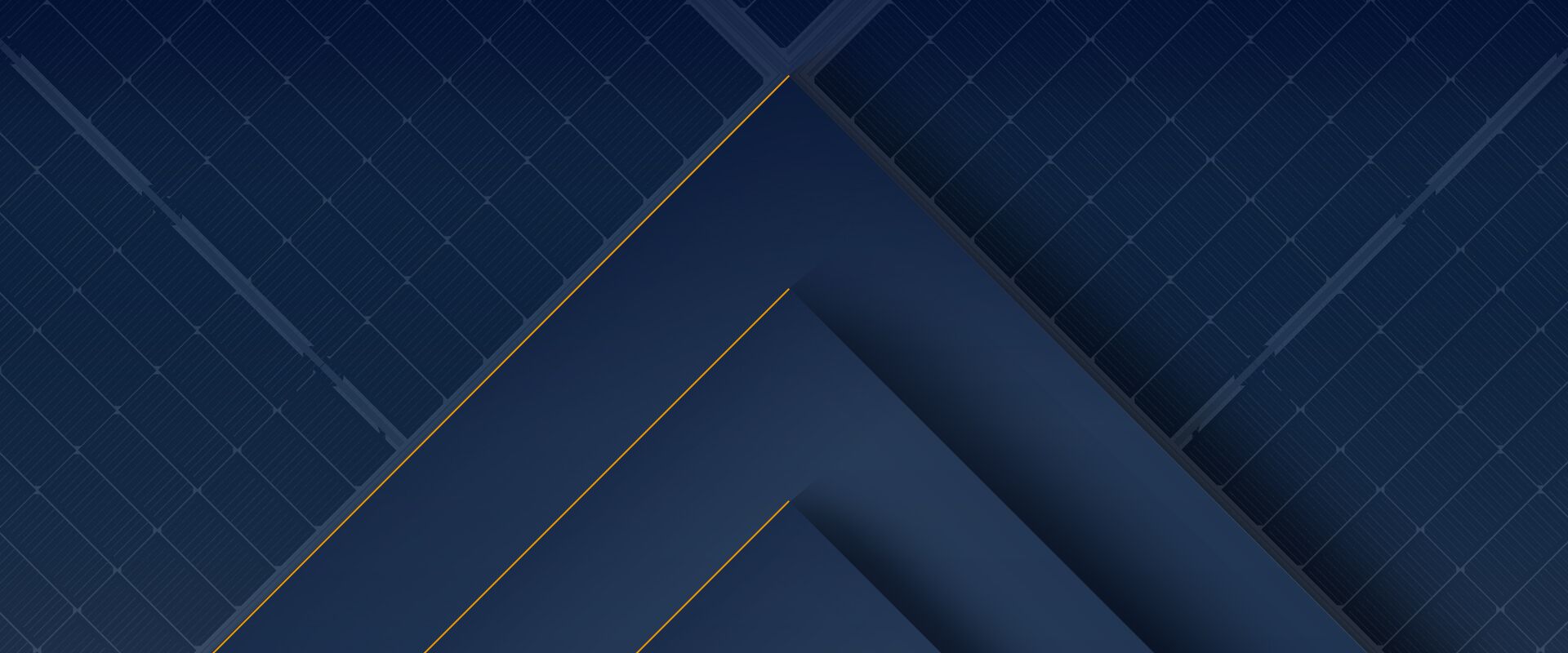Part 2 - DAS Solar Dr. Song Dengyuan: TOPCorn 4.0 is about to achieve a breakthrough efficiency of 26%
2023-04-14
By the end of 2023, the average conversion efficiency of TOPCon 4.0 cells will exceed 26%. There will be a 5% increase in module power density and a 7% to 9% gain at the system level for every 1% increase in cell efficiency.
Dr.Song stated that TOPCon technology represents the most perfect passivation contact cell structure for crystalline silicon cells to date. TOPCon technology boasts an efficiency limit of 28.7%, which is the closest efficiency limit to that of crystalline silicon photovoltaic cells, at 29.4%. Moreover, there has been a noted improvement in efficiency with this cell structure. In order to achieve the breakthrough of 26% conversion efficiency, the primary direction for development will be TOPCon 4.0 technology based on high carrier-selective materials and cell structures. This innovation is set to completely subvert the market pattern of current crystalline silicon cell products.
Alongside TOPCon technology, many new products based on HJT and XBC technologies have emerged, resulting in increased laboratory efficiency. As TOPCon technology can be incorporated into PERC manufacturing lines, there is a prevailing argument within the market that it is a transitional technology.
However, Dr. Song disagrees with this viewpoint. He believes that achieving advanced cell structure technology through existing processes is an advantage in the PV market. TOPCon has already achieved innovation while maintaining low costs, making it well-suited to the characteristics and development trends of the photovoltaic market. According to Dr. Song, "transitional technology" is relative to "ultimate technology. He mentions that every technology is replaced by a new generation of technology, which is the driving force behind human technological innovation. Therefore, there is no ultimate technology, and every technology is constantly evolving. There is no such thing as transitional technology in the PV market.
"For instance, I specialized in chip technology at university. In the early 1980s, the narrowest chip that could be produced measured 1 micron. By 2000, the narrowest chip had shrunk to 100 nanometers. At that time, the industry believed that it was a challenge to make smaller chips and that Moore's Law for integrated circuits (ICs) would become obsolete. However, IC technology continued to advance, and by 2023, the narrowest chip is projected to measure 3 nanometers or even 1 nanometer. This thought illustrates that people's understanding of "ultimate technology" is restricted by their current knowledge". He said, photovoltaic technology is a product of innovative iterative development.






 浙公网安备33080302000236
浙公网安备33080302000236